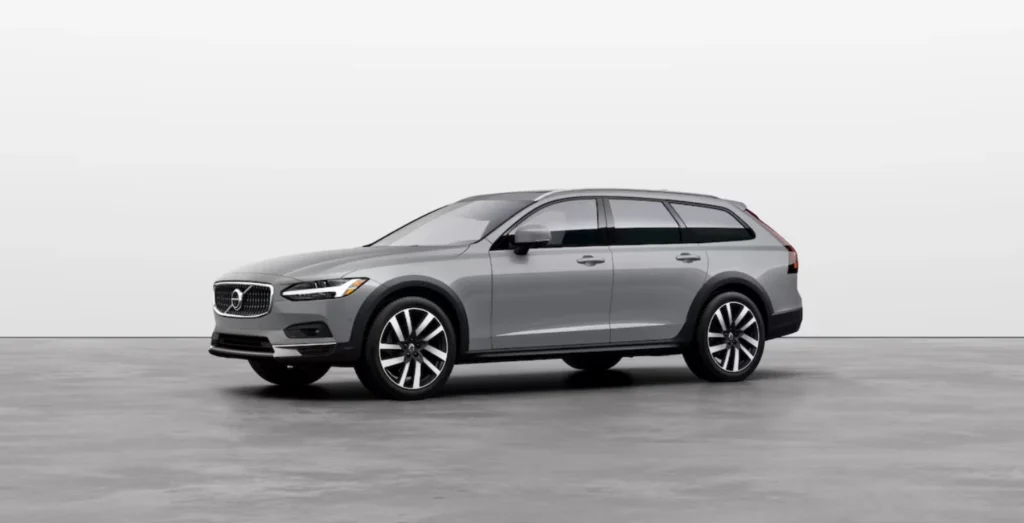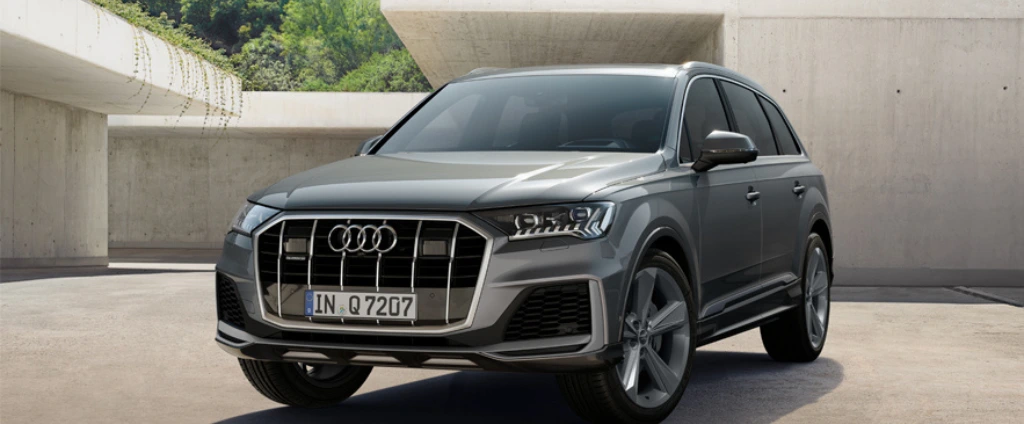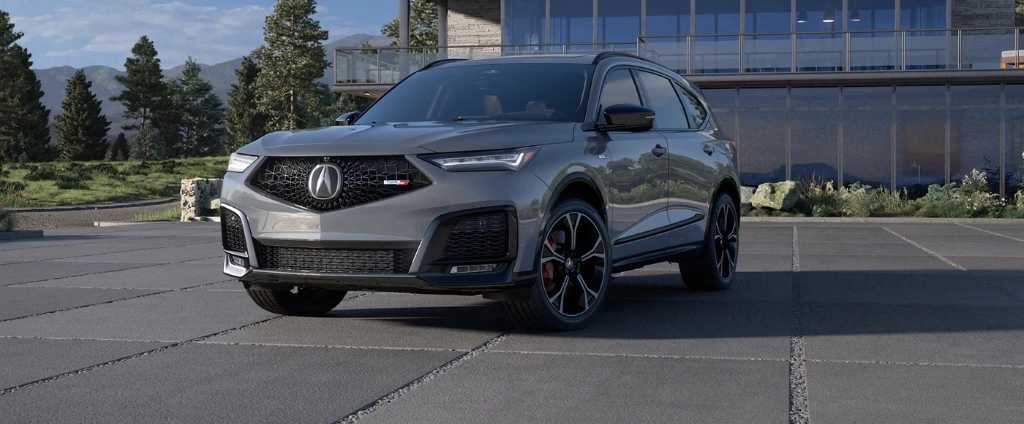Introduction: The Ford Ranger has a reputation for being a tough and reliable truck that many owners depend on for work commuting and weekend adventures. However, as time goes on even the most durable vehicles need some replacement parts to stay in top condition. Whether you’re looking to restore an older model or keep your truck performing like new, selecting the right parts is crucial. In this guide, we’ll walk you through how to find the right replacement parts for your Ford Ranger, including specific advice for models like the 1990 and 1993 versions.
Why Choosing the Right Parts Makes a Difference
Choosing the right replacement parts isn’t just about fixing an issue temporarily; it’s about ensuring your truck continues to run smoothly and safely for years to come. The right parts can help improve performance fuel efficiency and overall vehicle reliability. If you choose low-quality or incompatible components you could end up facing more repairs or even causing damage to other parts of your vehicle. Let’s dive into the factors to consider when choosing parts for your Ranger.
Factors to Consider When Selecting Replacement Parts for Your Ford Ranger
- Make Sure Parts Are Compatible with Your Specific Model
When replacing parts on your Ranger, you need to ensure they are specifically designed for your model year. For instance if you own a 1990 Ford Ranger, it’s important to select parts that are compatible with that particular model. The same applies if you need a 1993 Ford Ranger transmission. These parts can have differences based on the model year, such as variations in mounting points or specifications, which can affect how well the replacement works.
- Choosing Between OEM and Aftermarket Parts
There are two main categories of replacement parts: OEM (Original Equipment Manufacturer) and aftermarket. OEM parts are made by the manufacturer of your vehicle, ensuring a perfect fit and the same quality as the original part. On the other hand, aftermarket parts are made by other companies and can vary in quality. While some aftermarket options may offer enhanced performance, others may not be as reliable as OEM parts. It’s important to do your research and read reviews to find aftermarket parts that are known for quality and durability.
- Consider the Condition and Quality of Used Parts
For older vehicles like the ford ranger 1990 engine, used or refurbished parts can be a practical and budget-friendly solution. Whether you’re considering a used engine or a 1993 Ford Ranger transmission, make sure the parts have been thoroughly inspected for any signs of wear and that they come from a reliable source. Used parts can be just as good as new if they’re in good condition and properly maintained.
- Warranty and Return Policy Are Important
Before purchasing replacement parts, especially larger components like engines or transmissions, check if they come with a warranty. A warranty gives you peace of mind knowing that if the part fails soon after installation, you’re covered. This is particularly important when buying a used engine or transmission for your Ford Ranger, as these components are vital to the truck’s performance and can be costly to replace again if issues arise.
Essential Replacement Parts for Older Ford Ranger Models
Over time, certain parts of your Ford Ranger will wear out and need replacing. Below are some of the key components you might consider replacing to keep your older model in good shape:
- Transmission Replacement
If you’re experiencing issues like slipping gears, delayed shifting, or grinding noises, it may be time to replace the transmission. For a 1993 Ford Ranger, finding a used transmission that is specifically designed for that model year can save you money and get your truck back on the road quickly. Always make sure the replacement transmission matches your engine type and drivetrain for a seamless installation.
- Engine Replacement
When dealing with significant engine issues such as loss of power, excessive oil consumption, or overheating, replacing the engine might be the best option. For a 1990 Ford Ranger, a used engine in good condition can help you restore the truck’s performance without the high cost of a brand-new engine. Make sure the replacement engine has been inspected, tested, and is compatible with the original specifications.
- Suspension and Steering Components
If your Ranger feels rough over bumps or doesn’t handle as well as it used to, it could be time to replace suspension components like shocks, struts, or control arms. Replacing these parts can improve ride quality and handling, making your truck more comfortable to drive.
- Exhaust System Repairs
Older exhaust systems can suffer from rust, leaks, or damage over time. Replacing parts of the exhaust system, such as the catalytic converter, muffler, or exhaust pipes, can help reduce noise and emissions, keeping your truck roadworthy.
Tips for Finding Quality Replacement Parts
- Shop at Reputable Suppliers
Always purchase replacement parts from reputable suppliers who specialize in auto parts for older vehicles. Look for suppliers that offer a range of options for the Ford Ranger, including OEM, aftermarket, and used parts. A good supplier will provide detailed information about the parts they sell, including compatibility, condition, and warranty coverage.
- Inspect Parts Thoroughly
If you have the opportunity, inspect used parts in person to check for any signs of damage or wear. If buying online, ask for detailed photos and a description of the part’s condition. This is especially important for critical components like engines and transmissions, where the quality of the part can directly impact your vehicle’s performance.
- Double-Check Compatibility
Before purchasing any replacement part, make sure it matches the specifications of your Ford Ranger’s model year and engine type. For example, if you’re buying a transmission for a 1993 Ford Ranger, confirm that it is the right fit for your vehicle to avoid installation issues.
- Consider a Professional Installation
For larger components like engines and transmissions, professional installation is recommended. This ensures the parts are installed correctly and helps avoid additional problems down the line.
Benefits of Choosing the Right Replacement Parts
Restored Performance: Replacing worn-out components with high-quality parts can significantly improve your truck’s performance. For example, swapping in a reliable engine for a 1990 Ford Ranger can bring back lost power and boost fuel efficiency.
Extended Vehicle Lifespan: Regular maintenance and timely replacement of parts help extend the life of your Ranger. Keeping essential components like the transmission, engine, and suspension in good condition ensures the truck remains reliable.
Improved Safety : Replacing faulty or worn-out parts can make your truck safer to drive. Ensuring your brakes, steering, and suspension are in good working condition is crucial for safe handling and stopping power.
Cost Savings: Opting for used or refurbished parts can save you a significant amount of money compared to buying new components. Just make sure you choose quality parts that have been properly inspected and come from trusted sources.
Final Thoughts
Choosing the right replacement parts for your Ford Ranger can make all the difference in keeping your truck running smoothly and safely. Whether you need a 1990 Ford Ranger engine or a 1993 Ford Ranger transmission, it’s important to select parts that are compatible, reliable, and come from a reputable supplier. With the right approach, you can keep your Ranger performing at its best for many more years to come.




